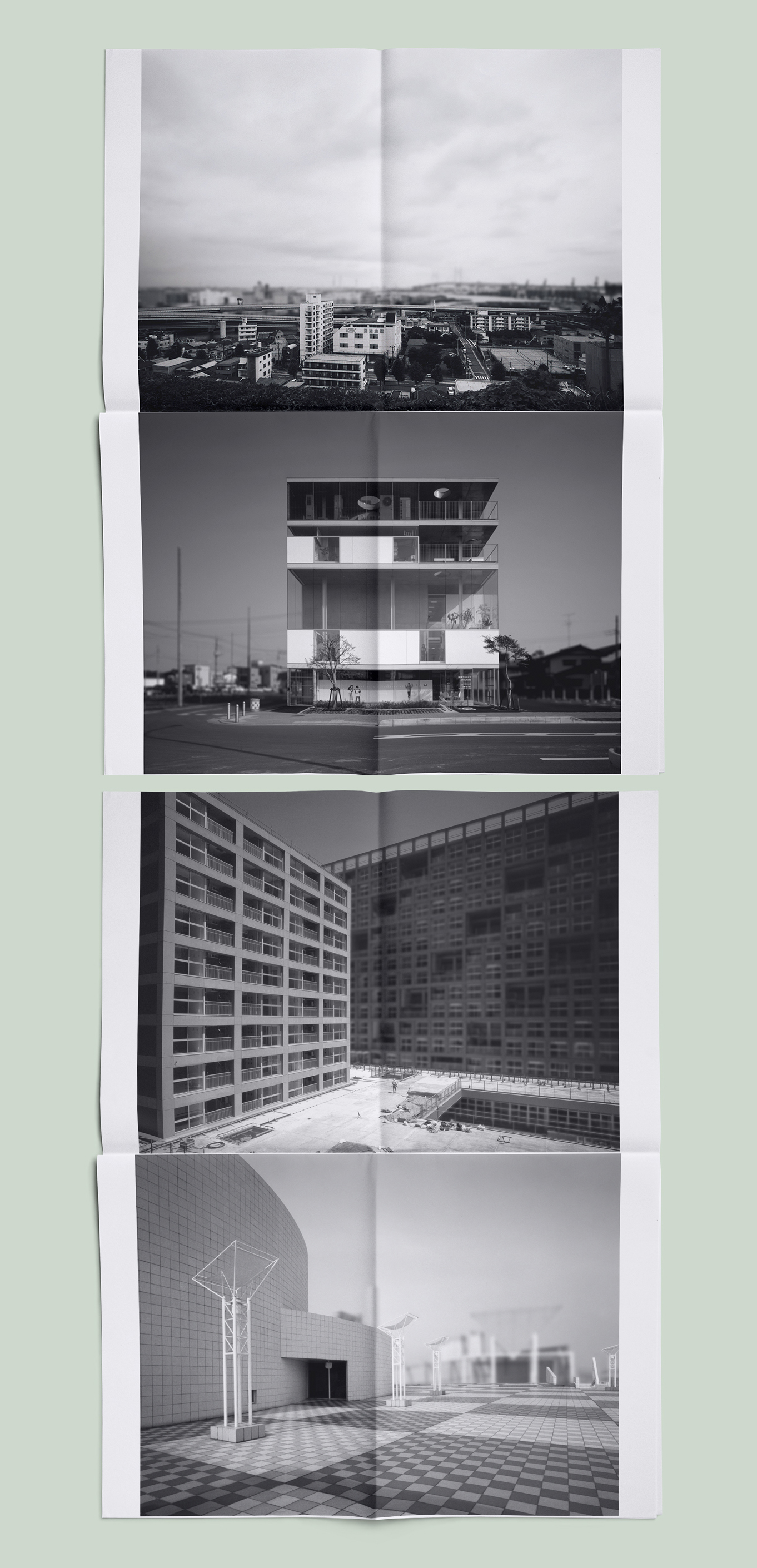The contemporary urban landscape is an artificial landscape designed to make daily life easier, faster and more convenient. It has to be economical, safe, neutral, hygienic, vandal-and homeless resistant, accessible for elderly and disabled persons and last but not least, maintenance friendly. Those criteria have to meet national and, if possible, international regulations, in order to avoid iniquity or otherwise unhappy surprises. This bureaucratic attitude toward the management of urban space is commonly accepted and the dull, ungainly space that is the predictable result of this attitude has become the signature of globalisation. Like an infectious disease globalisation’s spatial trademark is spreading, killing all local culture in the process.
Whether in Milano, Kuala Lumpur, Dallas or Tokyo, everywhere the urban landscape looks equally (un)familiar. Gradually the world is turning into one singular neutral domain and the only original places left will be monuments of local culture, overlooked by globalisation.
Text by Femke Biljsma
